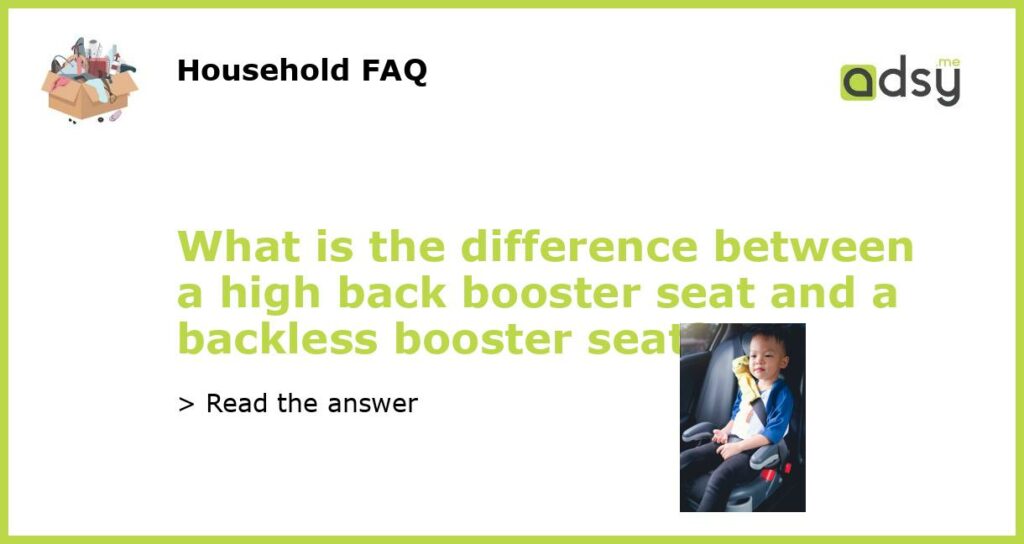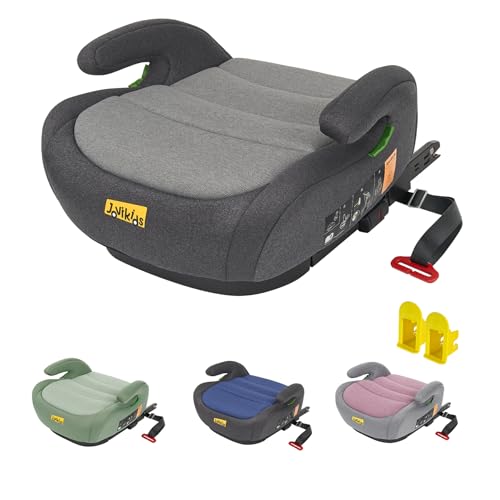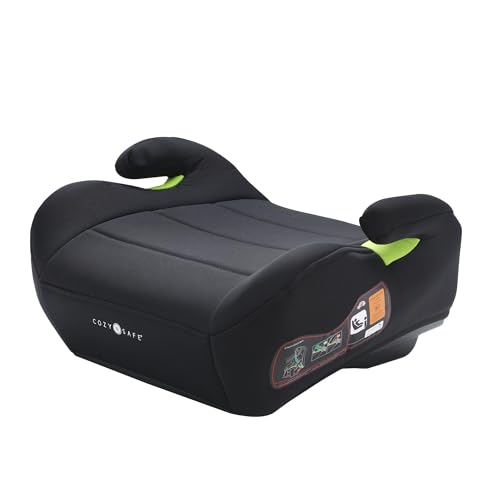Understanding the Difference between High Back Booster Seats and Backless Booster Seats
When it comes to choosing the right car seat for your child, it is essential to understand the difference between a high back booster seat and a backless booster seat. Both types of booster seats are designed to provide children with the necessary height to wear a seatbelt properly, but they differ in their design and functionality.
What is a High Back Booster Seat?
A high back booster seat is a type of car seat that is designed to provide additional support to a child’s head and neck. It comes equipped with a headrest, and side wings that provide added protection in the event of a side-impact collision. High back booster seats are often preferred by parents because they provide extra comfort and support, and they are ideal for children who fall asleep during long car rides.
What is a Backless Booster Seat?
A backless booster seat is a type of car seat that is designed to provide a child with the necessary height to wear a seatbelt properly. It does not come equipped with a backrest or a headrest, and it is less expensive than a high back booster seat. Backless booster seats are ideal for older children who no longer need the extra support provided by a high back booster seat.
Which Booster Seat is Right for Your Child?
Choosing between a high back booster seat and a backless booster seat ultimately comes down to your child’s age, weight, and height, as well as your personal preferences. If you have a younger child who needs extra support for their head and neck, a high back booster seat may be the better option. However, if you have an older child who is taller and no longer needs extra support, a backless booster seat may be the more practical choice.
The Importance of Proper Booster Seat Use
No matter which type of booster seat you choose, it is essential to ensure it is used correctly. Make sure you carefully read the manufacturer’s instructions for installation and usage, and always make sure your child is properly secured in their booster seat every time you get in the car. Additionally, do not use a booster seat beyond its expiration date, as it may no longer provide the necessary protection in the event of a collision.






